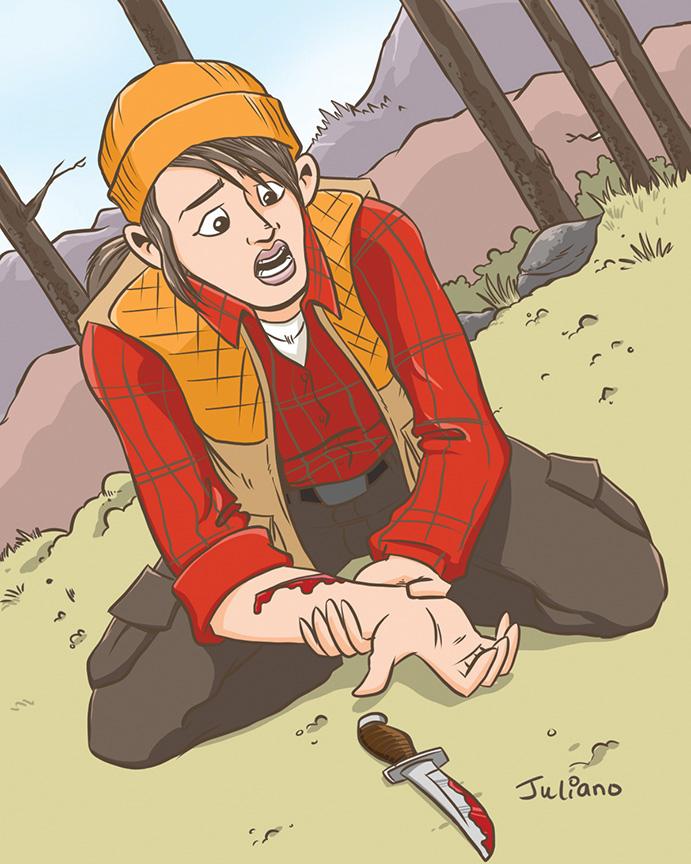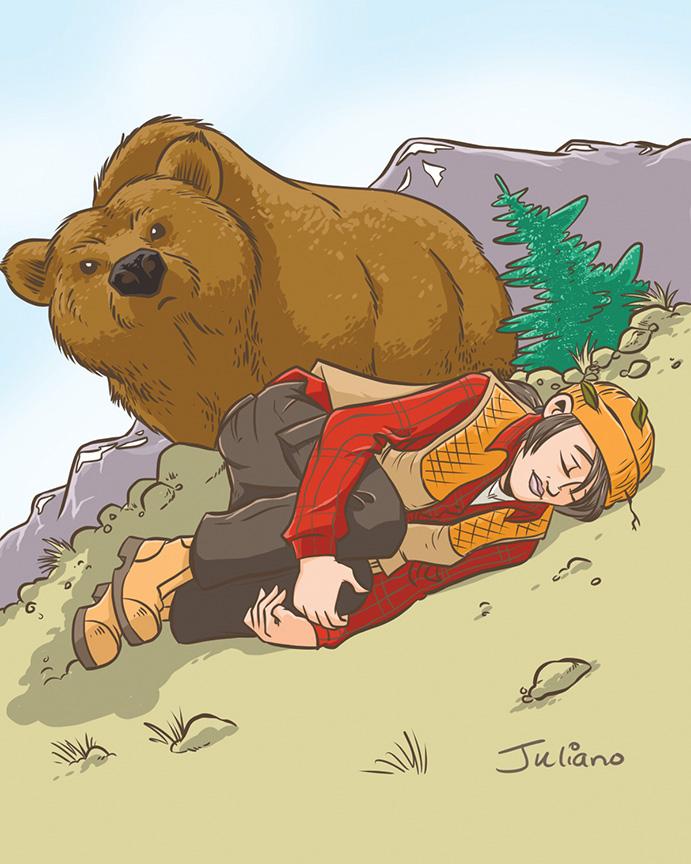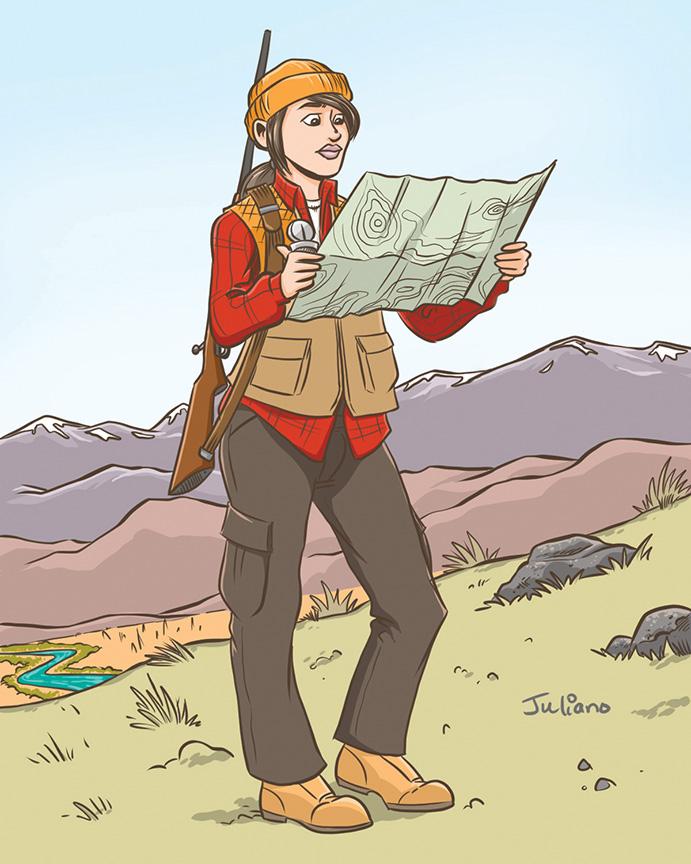Out of a Pickle
Tips for backcountry emergencies.
In the woods, there are many ways to get in trouble. But if we let fear of the unknown dictate our lives, we’d miss out on all the excitement and adventure that fall has to offer—like solitary fly fishing, remote elk hunts, and early-season ski-touring. Here are some tips for handling common backcountry emergencies.
Flesh Wound
Fall is hunting season in Montana—there’s no arguing that. And while many Montanans have been practicing safe hunting since they were knee-high to a grasshopper, it’s important to remember the inherent risks: you’re deep in woods, far from help, utilizing deadly weapons; and accidents do happen. Not only are there bullet wounds to consider, but any hunter worth his salt is carrying a sharp knife for field-dressing game.
Any time you’re losing blood, the first step is to expose the wound. Have some first-aid scissors in your kit, and get eyes on the injury. Clean it with sterile water, flushing from top to bottom. Next apply a pressure-dressing using sterile materials from your first-aid kit—or, in a pinch, strips of cloth from your shirt or game-bag. Wrap the dressing, keeping pressure on the wound. Check on the dressing every so often to make sure the bleeding has stopped, and keep the dressing moist with sterile water. Deep wounds that won’t stop bleeding may necessitate evacuation.
Wildlife Run-In
Many of Montana’s large predators are especially active in the fall, such as bears fattening up before hibernation. Add to that an abundance of carcasses in the woods, and this is a particularly dangerous time for recreationists. Conflicts are relatively common, and knowing how to behave can save your life. With all wildlife, not just predators, keeping your distance is key. If you do have an encounter, create space between you and whatever it is you’ve run into. Moose, elk, and even deer all pose a threat, so don’t let your guard down just because Bambi doesn’t have sharp teeth and long claws.
If you’re attacked, respond according to species. For black bears, mountain lions, and pretty much any other animal, fight back. Wild critters usually attack in self-defense and don’t really want anything to do with humans. Use anything at your disposal, including sticks, rocks, and trekking poles. For grizzlies, assume the fetal position, doing your best to protect vital organs, and pray. If Old Ephraim just won’t let up, or it’s clear you’ve become dinner, then roll your eyes back and summon the hounds of hell. With any luck, the beast will back off and you won’t end up fertilizing a stand of Douglas fir.
Getting Lost
Even with all of the technology at our disposal, getting lost is a very real concern. Batteries die, service gets interrupted, things break; therefore, navigation without digital devices is an important skill. Remember, you don’t need to get back to your car, you just need to get to safety.
If a highway is closer than the trailhead where you parked, head to it and worry about your vehicle later. Pay attention to landmarks, such as iconic peaks, and know how they relate to where you’re going and where you came from. Identify where drainages lead and follow streams out. If you’re in the northern Gallatin Range, for example, every stream eventually goes one of two places: the Gallatin River or the Yellowstone River.
A lot of our exploring in the fall happens off-trail, so you can’t assume there will be a path to lead you to safety. If you get lost, don’t panic. Many people get disoriented and run around in circles, losing valuable time and energy. If worse comes to worst, stay in one place and wait for help. If you were smart and told somebody where you were headed, search-and-rescue will be on its way.















